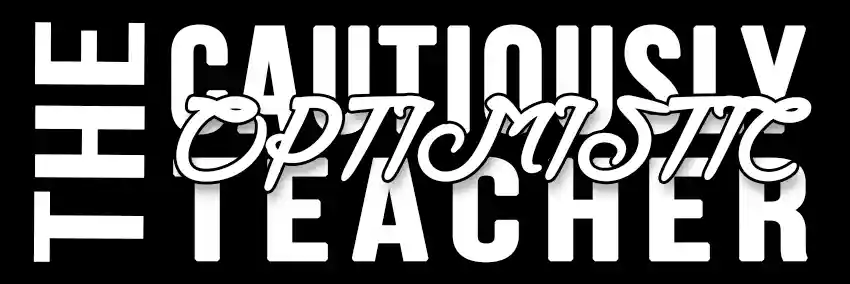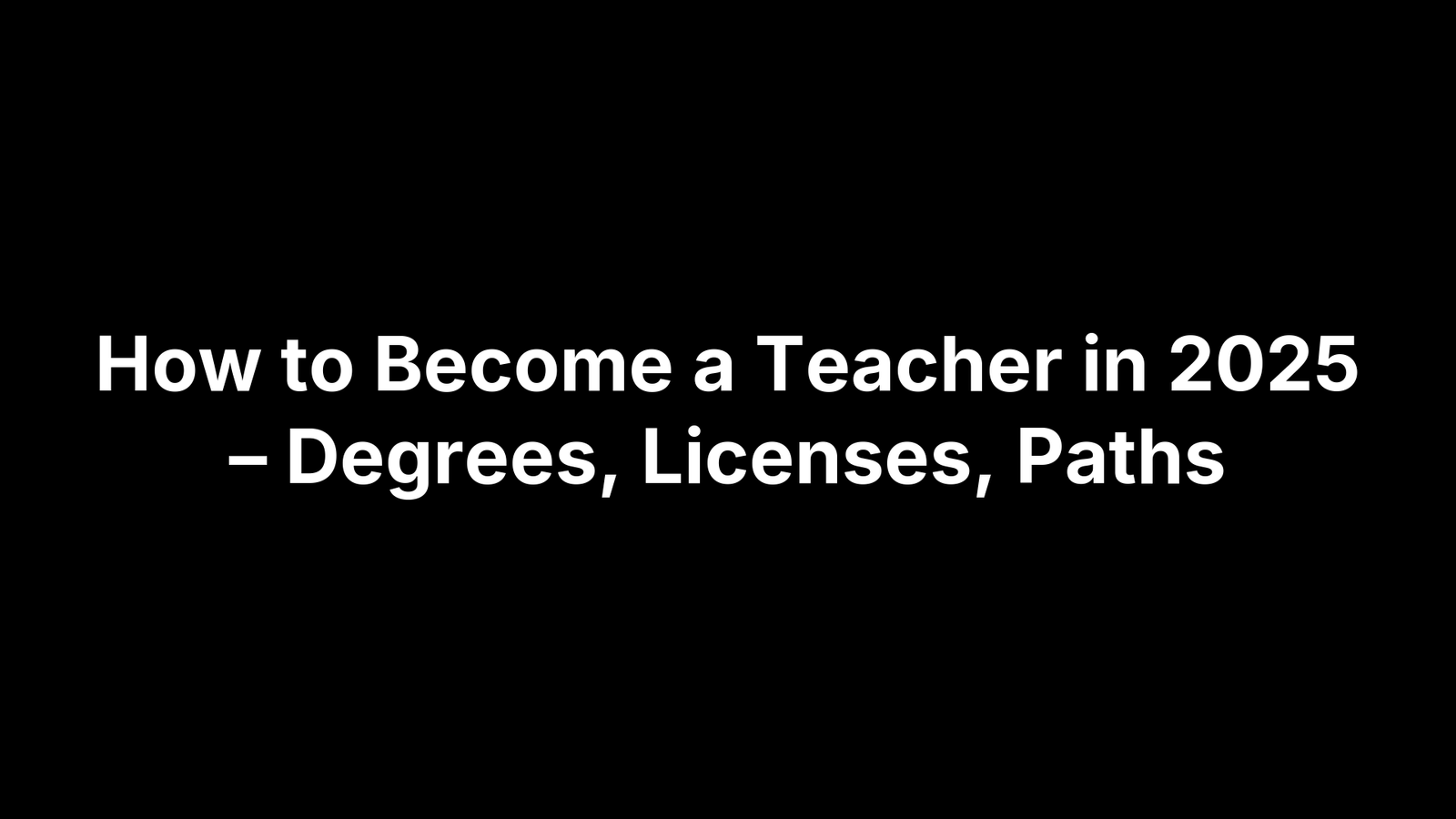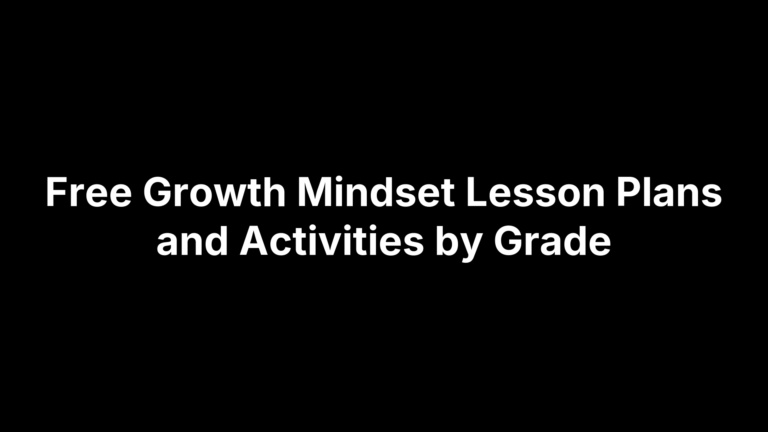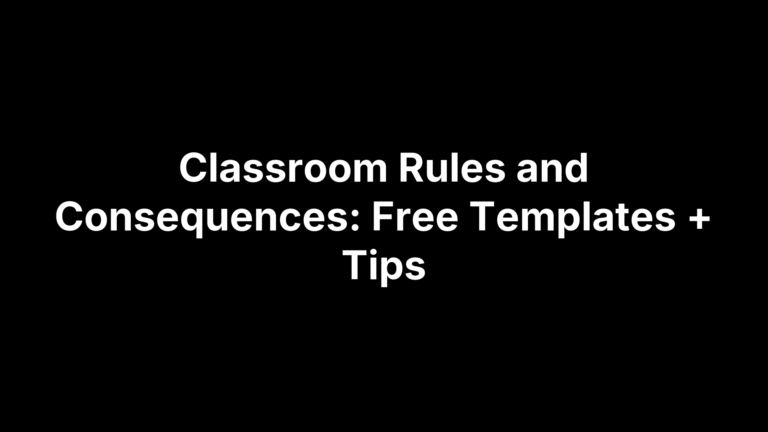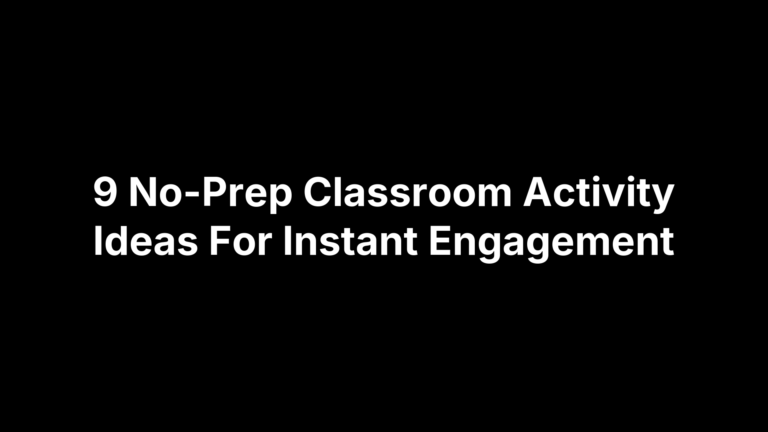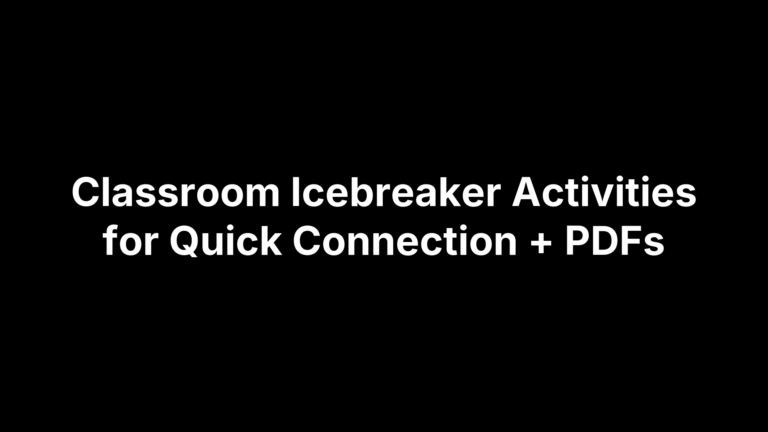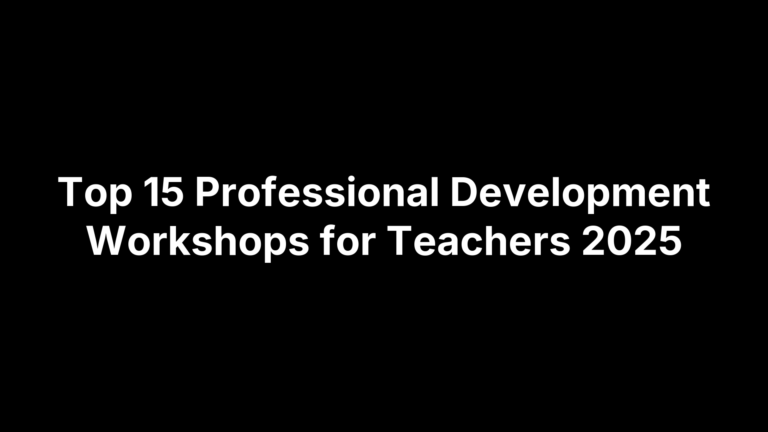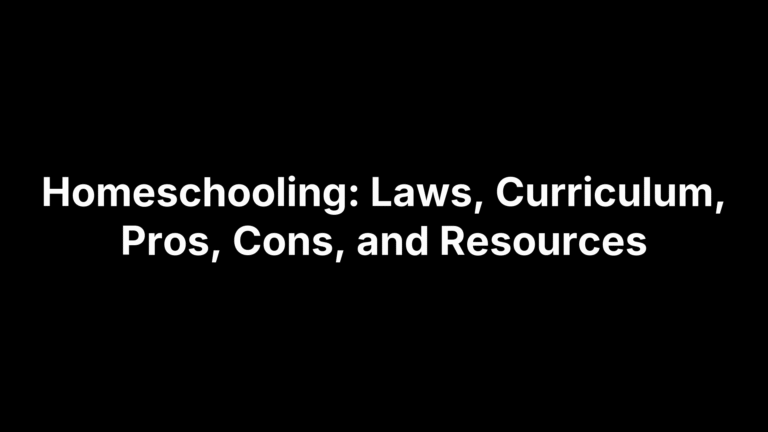How to Become a Teacher in 2026: All the Essential Inform
Want the short version? Check off these four boxes and you’ll be classroom-ready: ① earn a bachelor’s (or higher) in a teachable subject, ② complete an accredited teacher-prep program with real student-teaching hours, ③ pass your state’s basic skills, content, and pedagogy exams, and ④ file for an initial teaching license. Hit those milestones and the door to public-school teaching swings open.
The good news for 2025 candidates is that the route to each checkpoint is more flexible than ever. Online residencies let you collect practicum hours without relocating, AI study tools slash exam prep time, and “earn-while-you-learn” apprenticeships replace unpaid semesters with a paycheck. The requirements haven’t changed; the ways to meet them have multiplied.
This guide walks you through every step—from deciding whether teaching fits your personality to renewing a professional credential years down the road. You’ll see side-by-side timelines for high-school grads and career changers, state-specific license charts, and checklists you can print or save on your phone. Ready to map out your teaching journey? Let’s start with an honest look at whether the profession is right for you.
Step 1: Decide Whether Teaching Is the Right Career for You
Before you spend tuition money or cram for Praxis, pause and picture daily life in 2025’s classroom. Expect 50-hour workweeks August through May, starting salaries that hover between $44k and $58k depending on state cost-of-living data, and constant pivots between face-to-face instruction and district-mandated ed-tech platforms. The payoff? A recession-proof career, generous health benefits, and the chance to shape 3,000+ student days over a decade.
Yet even the most attractive perks can’t compensate for weak intrinsic motivation. Successful teachers relish problem-solving, stay unflappable when tech glitches mid-lesson, and bounce back after tough parent emails. If you are exploring how to become a teacher, start with an honest self-audit:
- Do you enjoy explaining complex ideas out loud—every period, every day?
- Are you comfortable receiving real-time feedback from 25 adolescents and an AI tutoring dashboard simultaneously?
- Can you juggle grading, IEP meetings, and after-school clubs without burning out?
- Does the thought of learning a new LMS each August excite rather than exhaust you?
Still unsure? Shadow a local educator, volunteer for an online homework-help site, or sign up to proctor virtual exams. A single week in the trenches will clarify whether the profession’s challenges energize or drain you.
Clarify Your “Why”
Write a one-paragraph teaching philosophy now; you’ll recycle it for scholarship essays and interviews later. Use any of these prompts to get started: 1) “What classroom experience from your own schooling do you want every child to have?” 2) “How will you balance content mastery with social-emotional growth?” 3) “Which inequity in education keeps you up at night, and how will your practice address it?” Refine the draft until it sounds like you—not a brochure.
Understand Current Teacher Demand
National data show chronic shortages in special education, STEM, bilingual K-12, and rural districts. Many states sweeten the pot with signing bonuses, housing stipends, or student-loan help:
| High-Need Field | Typical 2025 Incentive | Example States |
|---|---|---|
| Special Education | $5,000–$10,000 sign-on bonus | TX, FL, IL |
| Secondary Math & Science | Up to $6,000 annual loan forgiveness | CA, WA, GA |
| Bilingual / ESL | Relocation stipend + accelerated visa support | AZ, NM, NY |
| Rural Multi-Subject | Subsidized housing or mileage reimbursements | KS, ME, MT |
Aligning your skills with these gaps not only boosts hire-ability but also unlocks financial perks that can offset licensure costs.
Step 2: Choose Your Grade Level and Subject Area Early
Locking in a grade band and content area now will save you semesters of duplicated classes and retake fees later. Every state slices licensure into broad categories—Early Childhood (birth–K), Elementary (K–6), Middle Grades (4–8), Secondary (7–12), and K–12 “all-grade” specialties such as Art, PE, or World Languages. Each category comes with its own coursework sequence, student-teaching placement, and exam codes, so changing lanes mid-program can mean starting over. Nail the decision before you register for freshman spring classes or sign a post-baccalaureate contract.
Analyze Your Strengths and Interests
Picture a Venn diagram with three circles—academic prowess, personal passion, and market demand. Where they overlap is your sweet spot.
- Academic strengths: Which subjects did you ace without breaking a sweat?
- Personal passions: Could you riff on U.S. history or coding principles for hours?
- Market demand: Revisit the shortage table—can your talents plug one of those gaps?
Example: A math major who mentors robotics teams fits perfectly into the Secondary STEM circle, a high-need area that often comes with hiring bonuses.
Research State-Approved Endorsements
Endorsements add a second license area without a second degree. Most states allow you to tack them on during or after initial licensure.
| Add-On Endorsement | Typical Extra Credits | Required Exam |
|---|---|---|
| ESL / Bilingual | 12–18 graduate hrs | Praxis 5362 |
| Reading Specialist | 24 graduate hrs + practicum | Praxis 5301 |
| Gifted Education | 9–12 graduate hrs | State-specific |
| Computer Science | 12–15 graduate hrs | NES 315 or equiv. |
Plan ahead: if you know you’ll want an ESL endorsement, weave those credits into electives now rather than paying for a separate certificate later.
Consider High-Need or Niche Specializations
Bilingual, special education, and computer science licenses are golden tickets in 2025. Many states pair them with tuition stipends, loan-forgiveness grants, or expedited visa sponsorships. If you’re exploring how to become a teacher as a career changer, stacking one of these high-demand areas onto your primary license can fast-track both hiring and salary negotiations. (Federal incentive program link placeholders go here.)
Step 3: Earn the Appropriate Degree
No matter which state board you face, a regionally accredited bachelor’s degree is the non-negotiable academic floor for licensure. That degree can be in education (typical for first-time undergrads) or in a teachable content area such as biology or history. If you already hold a non-education bachelor’s, many states will green-light you for the classroom once you tack on a standalone master’s in teaching or a post-baccalaureate certificate. Bottom line: the degree stage answers the question “how to become a teacher” by proving you possess both subject mastery and foundational pedagogy.
Below is a simple timeline you can sketch on a whiteboard or planner:
Year 1 Year 2 Year 3 Year 4 Year 5
| Gen Ed + Intro Ed | Content Methods | Upper-Div Content | Student Teaching | (Optional) Master’s
Use it to visualize where fieldwork, exams, and elective endorsements might slot in.
Traditional Bachelor’s + Licensure Track
Most education majors follow a 120-credit program that looks roughly like this:
- 60% content courses (e.g., calculus sequence for math majors)
- 30% pedagogy courses (classroom management, differentiated instruction, assessment)
- 10% electives or endorsement credits
Field observations usually start sophomore year, ramping up to a full-time student-teaching semester as a senior. Because these programs are built for first-time students, tuition is often the lowest per credit of any route.
Integrated 4+1 or 5-Year Master’s Programs
Some universities bundle a bachelor’s and a Master of Arts in Teaching (MAT) into a single five-year plan. Pros:
- One application cycle and continuous advising
- Eligibility for a higher salary lane from day one
- Streamlined coursework—graduate classes double-count toward state requirements
Cons include an extra year of tuition and delayed entry into the workforce. Compare total cost of attendance with projected salary bumps before committing.
Master’s or Post-Baccalaureate for Career Changers
If you already have a degree in, say, engineering or English, you can pivot through:
- Accelerated MAT or M.Ed. (12–18 months, full time or hybrid)
- Post-baccalaureate certificate programs linked to local districts
Expect prerequisites such as a 3.0 GPA and specific content classes (e.g., 30 credits in the intended teachable subject). Evening or weekend cohorts let working adults juggle day jobs, but practicum hours still demand daylight availability—plan PTO accordingly.
Step 4: Complete an Accredited Teacher Preparation Program
Finishing your degree is only half the battle in learning how to become a teacher. Every state also requires you to graduate from a teacher‐preparation program that meets national or state accreditation standards—most commonly CAEP (Council for the Accreditation of Educator Preparation) or a state board–approved equivalent. Accreditation isn’t just a gold star; it protects you if you move. Forty-plus states honor licenses earned through CAEP schools under the NASDTEC reciprocity agreement, sparing you from retaking coursework or exams later.
Quality programs revolve around three pillars: (1) pedagogy coursework that turns subject experts into instructional pros, (2) supervised clinical practice that lets you test those skills with real students, and (3) a capstone performance assessment such as edTPA or PPAT that proves you can plan, teach, and reflect at a professional level. Tackle each pillar with intention and you’ll enter the job market confident—and licensable.
Core Pedagogy Coursework
Expect 24–36 credit hours covering modern classroom realities:
- Classroom management 2025 edition (think SEL check-ins plus AI monitoring dashboards)
- Universal Design for Learning (UDL) and differentiated instruction—pair these readings with a free “Differentiated Instruction Helper” tool found in the resources section
- Assessment literacy, including data pulls from adaptive platforms and crafting standards-aligned rubrics
- Culturally responsive teaching and legal obligations around IEPs, 504 plans, and emerging AI policies
Knock out signature assignments early—many double as artifacts for your later portfolio.
Supervised Clinical Experience / Student Teaching
Most states mandate 600–1,000 clock hours split between observation, co-teaching, and solo teaching. Pro tips for maximizing the placement:
- Sync your lesson plans with your mentor’s pacing guide but add your own tech twists to stand out.
- Collect everything—unit plans, student work samples, feedback emails—to upload into your licensure portfolio.
- Schedule weekly reflection meetings; administrators increasingly ask for documented growth logs.
Perform well here and principals will remember your name come hiring season.
Performance-Based Assessments (edTPA, PPAT)
These high-stakes portfolios usually include: planning commentary, 15–20 minutes of unedited teaching video, student work analysis, and a reflective self-evaluation. Four common pitfalls sabotage scores:
- Vague learning targets that aren’t measurable
- Missing parent consent forms for video recording
- Talking over students in the video, masking evidence of engagement
- Skipping the data-driven revision section in the reflection
Start assembling evidence during week one of student teaching, not the night before the upload window closes, and you’ll clear this final hurdle with breathing room.
Step 5: Pass Mandatory State Exams and Background Checks
Diplomas and practica prove you can teach; exams prove you can meet statewide benchmarks. Every state board assigns a battery of tests—usually ETS Praxis or Pearson NES—that measure your basic literacy, subject mastery, and pedagogical know-how. Fees add up ($90–$210 per test plus a $50–$75 registration portal charge), so plan your testing calendar as soon as you enter your prep program. Doing so keeps you on track with the larger question of how to become a teacher without expensive delays at license-filing time.
Basic Skills or “Foundational Literacy & Numeracy” Tests
Most candidates start with a general-knowledge screen:
- Praxis Core (multiple states)
- CBEST (California)
- FTCE General Knowledge (Florida)
Suggested study arc:
- Take a diagnostic the first week of the semester.
- Block out six weeks of focused review, rotating reading, writing, and math content.
- Finish with two full-length practice exams under timed conditions.
Subject-Area Content Knowledge Exams
Next comes the deep dive into your teachable field. Examples:
| Grade Band | Exam Code | Passing Score* |
|---|---|---|
| Math 7–12 | Praxis 5161 | 160–168 |
| ELA K–12 | NES 301 | 220 |
*Scores vary by state. Use released questions and an AI question generator to create custom quizzes that mimic test blueprints.
Pedagogy or Performance Exams
Many states tack on an instructional theory test such as the Praxis PLT (Grades K–6 or 7–12) or TExES PPR in Texas. A few waive this requirement if you submit an edTPA or PPAT portfolio meeting the state’s cut score. Check your board’s website before you pay double.
Background Checks & Fingerprinting
Licensure offices can’t issue a certificate until your fingerprints clear both state and FBI databases—a process that costs $40–$80 and can take up to three weeks. Schedule the scan 90 days before you plan to click “submit” on your application. Pro tip: Use the same legal name on every document (tests, driver’s license, transcripts) to avoid automated rejections.
With exams passed and background cleared, you’re finally ready to assemble your initial license packet.
Step 6: Apply for Your Initial Teaching License
You’ve got the degree, prep program, and test scores—now it’s time to make it official. Each state board (think NYSED in New York, CTC in California, TEA in Texas) runs its own online portal, but the application workflow looks strikingly similar everywhere. You’ll upload PDFs, pay a processing fee ($50–$200), and wait while automated systems cross-check your fingerprints and exam scores. The credential you receive is usually called an “Initial,” “Provisional,” or “Preliminary” license and stays valid for two to five years. During that window you’ll complete induction requirements and upgrade to a “Professional” or “Standard” credential that renews every three to five years.
Planning a move? Forty-seven states belong to the NASDTEC Interstate Agreement, which lets teachers transfer credentials more easily. Still, be ready for add-ons such as a state-history course (e.g., Texas Founding Documents) or an extra pedagogy exam. Factor these into your broader timeline for how to become a teacher without last-minute surprises.
Compile and Submit Documentation
Double-check file names and formats before you hit “Upload All.” A single typo can bounce an application back to the queue.
- Official transcripts showing degree conferral
- Teacher-prep program completion letter
- Praxis/NES score reports or edTPA verification
- Background-check clearance certificate
- CPR/First-Aid card (some states)
- Proof of U.S. work authorization
- Program director recommendation letter
- Payment receipt (keep a PDF copy)
Save everything in a cloud folder labeled Licensure_2025_LastName.
Track Application Status
Processing times range from four to twelve weeks in 2025 thanks to automated verification bots. Set calendar pings for weeks 2, 4, and 6 to log in and check status. If a “deficiency” flag pops up, respond within 48 hours—it often just means a missing signature page or low-resolution transcript scan. Once the digital certificate appears, download multiple copies; many district HR systems require you to upload the PDF during onboarding.
Step 7: Complete Your Induction or Residency Year
The ink on your initial license is barely dry, yet most states won’t grant you a permanent credential until you finish a supervised induction or residency year. Think of it as a paid apprenticeship: you teach your own classes while a veteran mentor, school-based instructional coach, and district PLC guide your growth. Districts using “earn-while-you-learn” models often fold this year into a salaried contract, so you collect a paycheck while polishing practice.
Support usually comes in three layers. First, a certified mentor shadows your planning and observes you at least once a week. Second, a PLC meets monthly to analyze student data and swap strategies. Finally, administrators conduct formative walk-throughs and mid-year check-ins that feed into your summative evaluation. Treat each feedback loop as free professional development—because it is.
Mentorship Expectations
A clear division of labor keeps the relationship productive:
| Mentor Teacher | New Teacher (Mentee) | |
|---|---|---|
| Observation | Schedules weekly walk-throughs | Invites mentor, shares lesson goals |
| Goal Setting | Helps craft SMART growth targets | Drafts targets, revisits progress bi-weekly |
| Reflection | Provides written feedback, resources | Maintains reflection journal, action steps |
| Advocacy | Liaises with admin for needed supports | Communicates challenges promptly |
Performance Review and License Upgrade
Most districts rate residents on frameworks like Danielson or Marzano. You’ll need an overall “Proficient” (or equivalent) score to move from an Initial to a Professional license. Archive the following evidence in a digital folder:
- Unit and daily lesson plans
- Annotated student work samples
- Pre-/post-assessment growth charts
- Mentor observation notes and PLC agendas
Submit these artifacts with your district’s completion form, and the state will promote your credential—no retakes, no surprises.
Step 8: Know Your Alternative and Fast-Track Pathways
Not everyone has four or five years to devote to a traditional campus program. If you already hold a bachelor’s—or need to work full-time while training—2025 offers several accelerated options that still end in a standard state license. The timelines are shorter, but the checkpoints (prep coursework, practicum, exams, background check) mirror the conventional route, so you won’t have to backtrack later.
Residency & “Earn-While-You-Learn” Apprenticeships
Many districts in California, Tennessee, and Illinois now hire teacher residents as paid employees while they finish evening or weekend coursework through a partner university. You’ll start with a reduced teaching load and ramp up to full responsibility by spring.
| Residency Path | Traditional Student Teaching | |
|---|---|---|
| Salary/Stipend | $30k–$45k | $0–$5k |
| Workload | Full school day + night classes | Unpaid semester, coursework front-loaded |
| Duration | 1 school year | 16–20 weeks |
| Commitment | Often 3-year hire agreement | None |
Pros: steady income, immediate classroom experience, district-level mentorship. Cons: 60-hour weeks and limited flexibility to change districts.
Post-Baccalaureate Certificate Programs (Online & Hybrid)
If you already have a non-education degree, a 12–18-month certificate can satisfy state pedagogy requirements. Look for:
- Regional university accreditation
- State board approval (check CAEP lists)
- Guaranteed clinical placements, even for fully online enrollees
Hybrid models typically bundle eight-week online modules with two intensive in-person practicum blocks, letting career changers minimize leave from current jobs.
Emergency or Conditional Permits
Districts facing acute shortages may issue short-term permits that allow you to teach immediately while you finish exams or coursework. Validity ranges from one to three years and is non-renewable.
Key cautions:
- Permits do not transfer across state lines.
- Failure to enroll in a licensure program on schedule can bar future applications.
Treat the permit as a bridge, not a destination, and map out your completion timeline before signing a contract.
Step 9: Land Your First Teaching Job
You’ve satisfied every licensure box on the “how to become a teacher” checklist—now you need a contract. Hiring runs on an academic calendar: districts forecast openings in December, host virtual fairs January–March, and finalize rosters by early summer. Block time each week to polish application materials, network with principals on LinkedIn, and schedule mock interviews. Treat the search like a mini-course: set goals, gather evidence, and track progress in a spreadsheet.
Build a Compelling Teacher Résumé and Portfolio
Principals skim hundreds of résumés, so lead with the data that proves you can move achievement:
- Certification line: “Initial Secondary Math, NY, expires 2028”
- Impact bullet: “Raised Algebra I benchmark scores 18 % in 12 weeks (n = 85 students)”
- Tools mastered: LMS (Canvas), adaptive math platform, AI feedback generator
Augment the one-page résumé with a digital portfolio. Include a 60-second “About Me” video, three annotated lesson plans, and a before-and-after student work sample. Host it on a Google Site or Notion page—easy to open on a principal’s phone during walk-throughs.
Master the Interview and Demo Lesson
Expect scenario questions that test your judgment under pressure: classroom management, culturally responsive teaching, quick pivots when tech fails. Use the STAR method (Situation, Task, Action, Result) for concise answers. For the demo lesson, follow this five-step frame:
- Objective on screen
- Two-minute hook (story, prop, meme)
- Guided practice with checks for understanding
- Turn-and-talk or quick-write for student voice
- Exit ticket aligned to the objective
Rehearse with friends on Zoom; record and rewatch to tighten pacing.
Navigate District & Charter Application Portals
Most systems use Applicant Tracking Software—load keywords like “UDL,” “SEL,” and state standards into your answers. Attach PDF versions of licenses and transcripts to bypass formatting glitches. Cast a wide net: high-need campuses often interview faster and may offer signing bonuses or federal loan-forgiveness eligibility. Keep a log of submission dates and follow-up emails; a polite nudge after two weeks can bump you to the top of the queue.
Step 10: Maintain and Advance Your Credential
Getting licensed is only half the story—keeping that credential active (and lucrative) is the long game. Most states tie renewal to continuing education units (CEUs) earned every three to five years. Treat these hours as career insurance: they sharpen your practice, keep you fluent in new ed-tech, and position you for promotions. Below are three levers you can pull to stay ahead of the curve.
Ongoing Professional Development
Set a yearly PD plan so you’re not scrambling for hours the month before renewal. Mix district trainings with self-selected options—micro-credentials, AI integration bootcamps, or national conferences.
| Month | Activity | Hours | Evidence to Upload |
|---|---|---|---|
| Sept | District SEL workshop | 6 | Attendance certificate |
| Nov | AI lesson-design micro-credential | 10 | Digital badge PDF |
| Feb | State math conference presentation | 8 | Slide deck + agenda |
| April | PLC book study on UDL | 6 | Reflection log |
| June | Online course: Trauma-informed practices | 10 | Completion transcript |
Aim for 30–40 hours per year; any surplus rolls into the next cycle in many states.
National Board Certification & Advanced Degrees
After three successful teaching years, you can pursue National Board Certification (NBC). Expect:
- Timeline: 1–3 years, self-paced modules
- Cost: ≈ $1,900 (often reimbursable)
- Pay bump: $2,000–$8,000 annually, depending on district
Prefer a degree route? A Master’s in Curriculum & Instruction typically runs 18–24 months and $12k–$25k but may open paths to instructional-coach or department-chair roles. Compare ROI and workload before committing.
Adding Endorsements or Specialist Roles
A fast way to boost both impact and salary is to tack on high-need endorsements. Most require:
- 9–24 targeted graduate credits
- A single Praxis/NES content exam
Popular 2025 add-ons include Computer Science K–12, ESL, and Reading Specialist—all eligible for federal loan-forgiveness incentives. Plan coursework to coincide with your renewal window so one set of transcripts satisfies multiple goals. Continuous upskilling keeps your “how to become a teacher” journey evolving long after the first license prints.
Your Next Steps
In a nutshell, becoming a teacher in 2025 boils down to ten deliberate moves: confirm the career fits your strengths, pick a grade band and subject, secure the right degree, finish an accredited prep program, clear the exams and background check, file for your initial license, thrive during your mentored induction year, explore faster or alternative routes if you need them, ace the hiring process, and keep your credential current with smart professional development. Follow the checkpoints in order and you’ll transition from curious candidate to classroom leader without wasting semesters—or dollars—on detours.
Ready to put the plan in motion? Download our free “Become a Teacher in 2025” printable checklist (coming soon) and stick it on your fridge or phone for instant accountability. For weekly tips, AI‐powered tools, and first-dibs access to new resources, join the free newsletter over at The Cautiously Optimistic Teacher. We’ll keep you on track from application essays to your first contract renewal—no spam, just actionable support for future educators like you.
